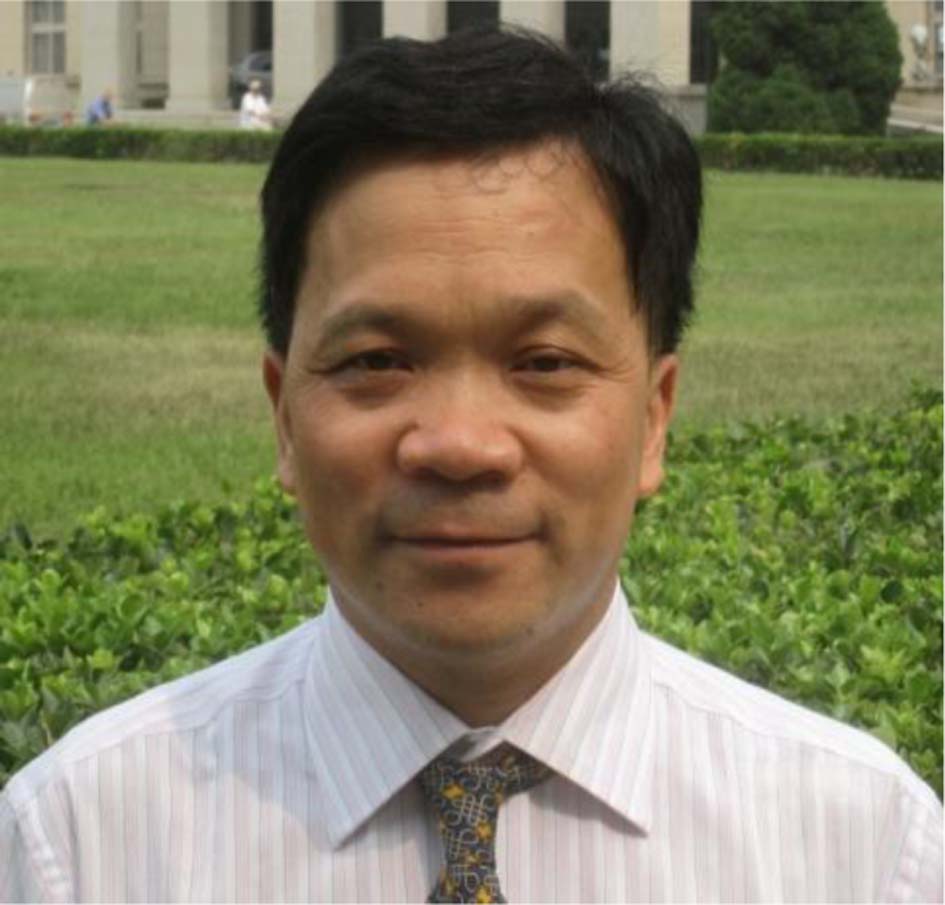 Liang-Nian He is a Professor at Nankai University in China. His research interests current revolve around carbon dioxide (CO2) chemistry (capture and utilization) and sustainable synthetic chemistry. Liang-Nian He kindly took a few moments to chat to Green Chemistry…
Liang-Nian He is a Professor at Nankai University in China. His research interests current revolve around carbon dioxide (CO2) chemistry (capture and utilization) and sustainable synthetic chemistry. Liang-Nian He kindly took a few moments to chat to Green Chemistry…
Who or what initially inspired you to become a chemist?
The life of an academic is simple and straightforward and I enjoy working in an academic environment. I became interested in learning chemistry at the age of 12 in junior high school, which aroused my curiosity to know what happens behind such phenomena such as combustion of magnesium in oxygen, and the color change in the acid-base reaction. However, there was very little science education at that time. When I continued my college education, chemistry was taught formally, and my interest developed further. I was so fascinated by the nature of matter and had such a strong passion to understand all the interesting things in nature at the molecular level. Chemistry is such a powerful tool that can create almost anything you want. Accordingly, I definitely pursue a career in the field of chemistry when I was conscious of fundamental importance of chemistry to our society from drugs to dyes, from food to clothing.
What has been the motivation behind your recent research?
Chemical utilization of CO2 as a feedstock, promoter or reaction media for producing materials and fuels is attractive as an integral part of the carbon cycle. In particular, establishing large-scale production using CO2 in industry would be a fascinating dream for synthetic chemists. I am very grateful to Professor Toshiyasu Sakakura (National Institute of Advanced Industry Science and Technology, Japan) for introducing me to this emerging state of the art and exciting field of chemistry.
What do you see as the main challenges facing research in this area?
The development of catalytic methods for chemical transformation of CO2 into valuable compounds, materials and energy products is of paramount importance from a standpoint of C1 chemistry and green chemistry, and could also be helpful in simulating photosynthesis and enzyme-catalyzed reactions in the laboratory. However, the kinetic and thermodynamic stability of CO2 molecule presents great obstacles in developing efficient chemical processes by utilizing CO2 as a typical renewable feedstock. The crucial challenge is to develop efficacious catalysts that are capable of activating CO2 under low pressure (preferably at 1 atm), and thus incorporating CO2 into organic molecules catalytically. To circumvent the energy consumption problem in CO2 capture and storage/sequestration, we proposed the strategy of capturing CO2, which simultaneously leads to its activation, and then utilizing it in a reaction under mild conditions.
In short, the big challenges in CO2 utilization would be efficient use of renewable carbon-neutral energy source such as solar energy, biomass-based energy, and development of advanced technologies using water or biomass as a hydrogen source, and greener production processes on a large scale without having a negative impact on the environment through designing effective catalysts based on understanding the reaction mechanism under high pressure at molecular level.
Where do you see the field of green chemistry being in 5 or 10 years time?
Green chemistry could be an essential tool in our campaign to protect our environment and preserve natural resources against further depletion to satisfy the world’s expanding population and subsequent energy demand. To my mind, the technological challenge is how to provide clean energy and the increasing quantities of food, chemicals, materials and medicines to our modern society in an environmentally friendly and sustainable manner. In this context, the field of Green Chemistry in the short to medium term could cover creating new reactions and technologies that preserve and use nature’s resources efficiently with reducing CO2 emissions, discovering novel reactions for fuel-forming reactions from carbon-neutral sources, preparing the new materials for energy conversion, improving atom economy of the reaction, and enhancing the sustainability of chemical processes with the aid of catalysis, novel synthetic technologies and biotechnology via gaining deeper insight into the reaction mechanism. Production of chemicals and materials by using solar energy, water, carbon dioxide and nitrogen in economical way, industry engaging with green chemistry become the most pressing issues in the field of green chemistry.
And finally…
If you could not be a scientist, but could be anything else, what would you be?
I would be a chemistry teacher, to mentor students who may have great interest in chemistry, and encourage them to choose chemistry as a career. Alternatively, I may become a table tennis player as I enjoy the sport so much in my spare time.
Take a look at a few of Liang-Nian’s recent Green Chemistry articles – free to access until the 15th October:
Highly efficient conversion of carbon dioxide catalyzed by polyethylene glycol-functionalized basic ionic liquids, Zhen-Zhen Yang, Ya-Nan Zhao, Liang-Nian He, Jian Gao and Zhong-Shu Yin, Green Chem., 2012, 14, 519-527
Protic onium salts-catalyzed synthesis of 5-aryl-2-oxazolidinones from aziridines and CO2 under mild conditions, Zhen-Zhen Yang, Yu-Nong Li, Yang-Yang Wei and Liang-Nian He, Green Chem., 2011, 13, 2351-2353
Iron(III)-based ionic liquid-catalyzed regioselective benzylation of arenes and heteroarenes, Jian Gao, Jin-Quan Wang, Qing-Wen Song and Liang-Nian He, Green Chem., 2011, 13, 1182-1186
Keep up-to-date with the latest content in Green Chemistry by registering for our free table of contents alerts










